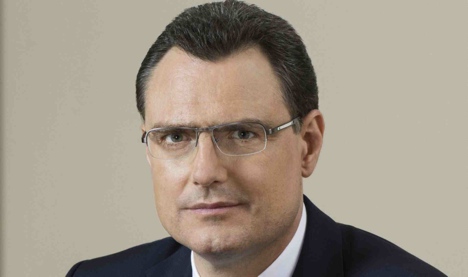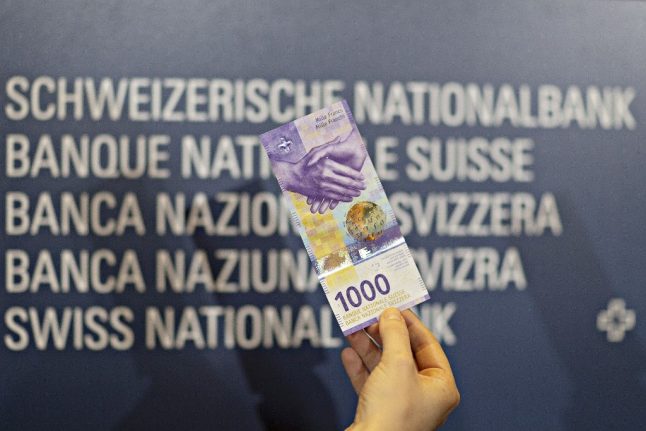The central bank’s chairman Thomas Jordan reiterated the policy on Thursday at a press conference in Bern.
“The Swiss franc is still high,” Jordan said.
“An appreciation of the Swiss franc would compromise price stability and would have serious consequences for the Swiss economy.”
Jordan said the SNB was prepared to buy foreign currencies in “unlimited quantities” to enforce the minimum exchange rate, which was first introduced last year after the euro threatened to drop to parity against the franc over concerns with economies in the eurozone.
He said the bank will continue to target low-interest rates, with the three-month Libor rate range between zero and 0.25 percent.
Assuming rates remain low, the Swiss franc should weaken over the next three years, Jordan said.
The central bank expects Switzerland’s inflation rate will be minus 0.7 percent for 2012 and for the foreseeable future “there is no risk of inflation”, he said.
The bank is forecasting a significant weakening of economic growth in the fourth quarter following an increase in the third quarter, with the overall increase in GDP for 2012 expected to be one percent.
This comes against a background of persisting weakness in the euro area and despite some growth in the US and emerging economies, Jordan said.
The Swiss economy should grow between one and 1.5 percent next year, he said.



 Please whitelist us to continue reading.
Please whitelist us to continue reading.
Member comments